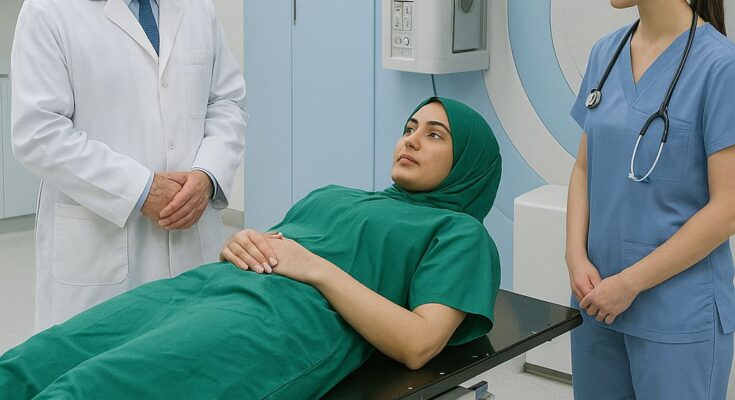Lahore, September 2025 — Punjab Chief Minister Maryam Nawaz has officially inaugurated the province’s first co-ablation cancer treatment centre at Mayo Hospital. This marks a major milestone in cancer care in Punjab, introducing minimally invasive therapy that reduces damage to healthy tissue and speeds up recovery.
—
What Is Co-Ablation Treatment?
Co-ablation is a modern medical technique used in treating certain cancers. It involves using controlled energy (often heat or cold) to destroy tumour tissue, while preserving surrounding healthy organs and structures. Compared to traditional surgery or broad radiation, it often leads to shorter hospital stays, less pain, and faster recuperation.
—
Key Features of The New Centre in Mayo Hospital
State-of-the-art equipment enabling precise co-ablation therapy.
Leadership and vision: The initiative was led by CM Maryam Nawaz as part of broader plans to modernize health services in Punjab.
Accessibility: Being located in Mayo Hospital, one of the major public hospitals, it offers this advanced treatment to a wider range of patients—including those who may not afford costly private care.
—
Why This Matters For Cancer Patients
Many cancer patients in Punjab have long faced limitations in treatment options—often only surgery, conventional radiation, or chemotherapy. The addition of co-ablation provides a middle ground: less invasive but still effective.
This helps in reducing recovery times, lowering complication risks, and easing the burden on both patients and hospital resources.
It may encourage earlier treatment because if options are less risky and more accessible, patients may be more willing to seek help sooner. Early treatment generally leads to better outcomes.
—
Related Developments & Broader Context
The Punjab government is also working with China to bring even more advanced cancer equipment and methods, including non-surgical treatments that may rely on heat, freezing, or tumor-targeted technologies.
The establishment of Nawaz Sharif Cancer Hospital is underway. The goal is to equip it with modern diagnostic and treatment infrastructure.
—
Challenges & What Comes Next
Even with advanced equipment, getting trained personnel (doctors, technicians) will be crucial.
Ensuring affordability will be important so that lower-income patients can also benefit.
Continuous monitoring of outcomes (how effective this treatment is, side effects, long-term patient survival) will be needed to validate co-ablation as a reliable option.



